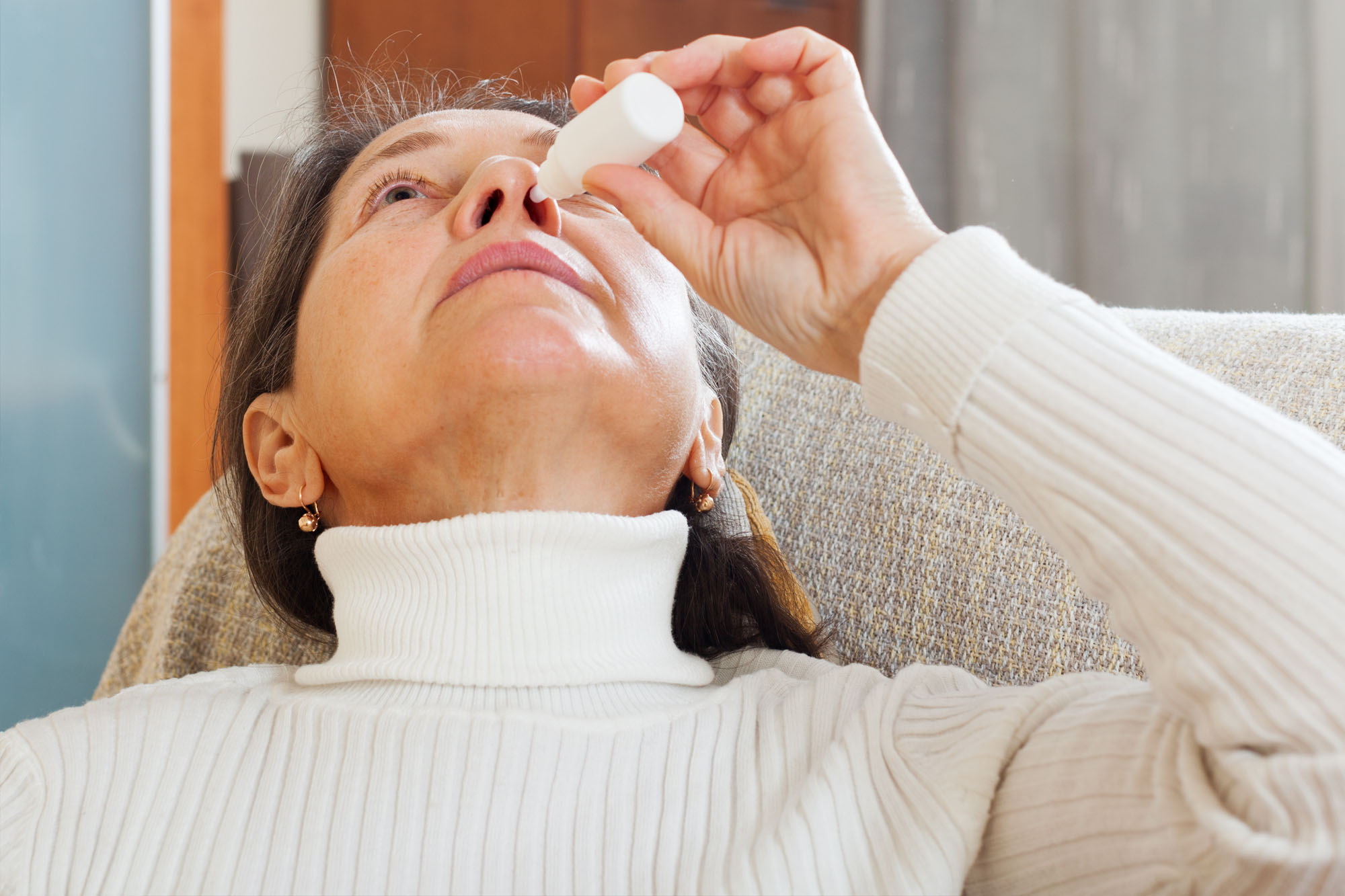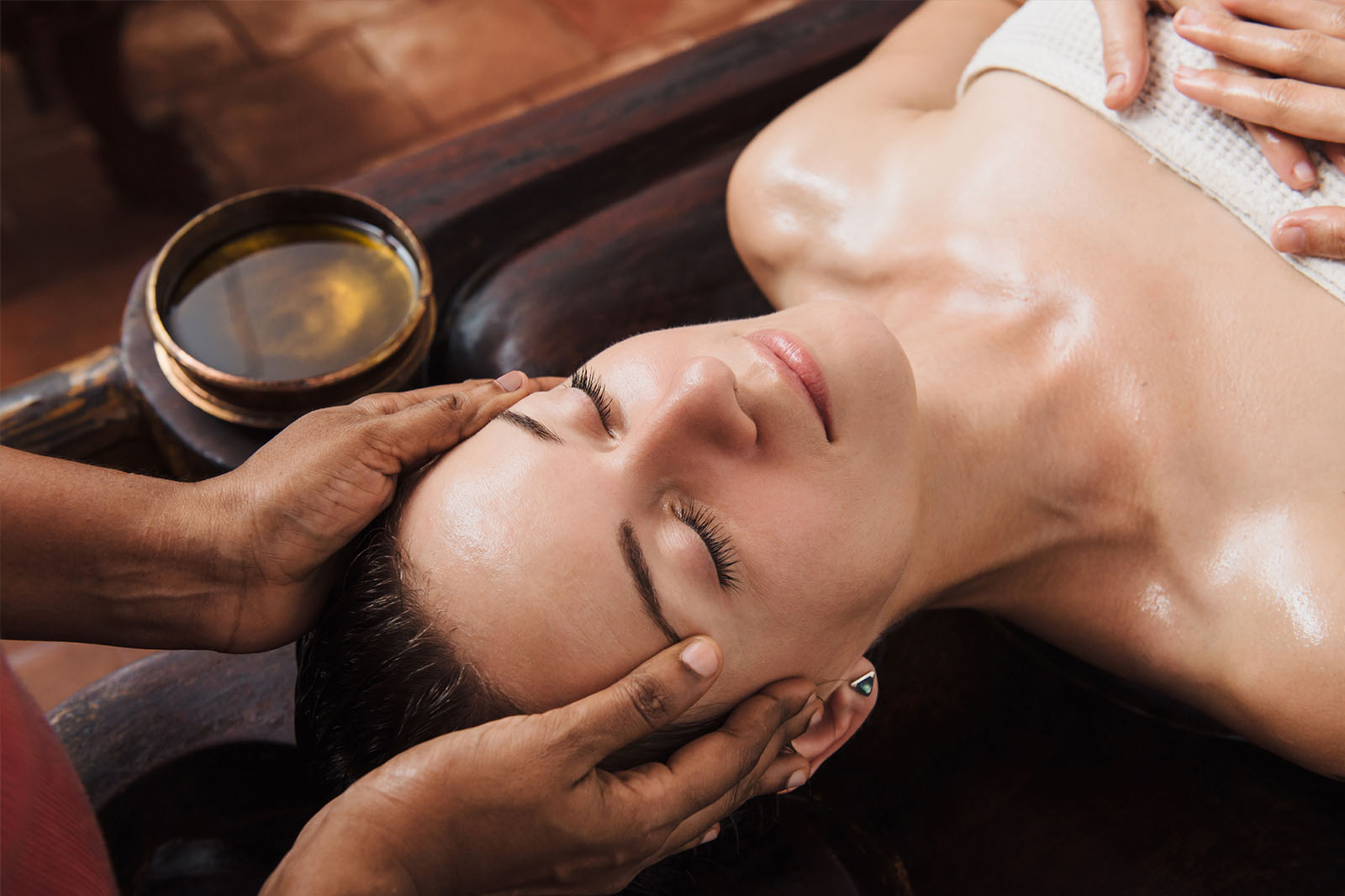By Diane Westwater
Ayurveda’s aim is to create and maintain balance of mind, body and consciousness. When imbalance arises and manifests as a psychosomatic disorder, it is necessary to determine whether “pacification” or “cleansing” is the appropriate first step. When an individual is weak and in need of nourishment, then pacification (Shamanam) is indicated for removing the cause of distress and building strength. When Shamanam is complete, or when it is not indicated, then purification (Shodanam) may begin.
Ayurveda employs five methods of purification which together are called panchakarma. Pancha means five and Karma means action. These actions are:
VAMANA, therapeutic vomiting, indicated for some Kapha conditions;
BASTI, medicated enema indicated in some Vata conditions
VIRECHANA, purgation therapy used for cleansing high Pitta
RAKTA MOKSHA, literally freeing the blood, principally for Pitta disorders
NASYA, nasal administration of herbal powders, oils, ghees, for Vata, Pitta and Kapha
NASYA is useful for many disorders of Vata, Pitta and Kapha doshas. As we are now in Kapha season, our focus shall be Nasya recipes and remedies for winter cleansing. The attributes of Kapha and therefore the winter season are cold, heavy, dense, slow and cloudy. To balance these, we should seek heating, drying, expansive herbs.
There are five types of NASYA:
VIRECHANA NASYA: This cleansing action is performed with dry powders of herbs which activate the mucous membranes and are often recommended for a feeling of heaviness in the head, sinus congestion, dull headache, blockage of the nasal lacrimal ducts, cataracts, runny nose and hoarseness of voice due to Kapha.
BRUMHANA NASYA is a nutritional nasya used more commonly with Vata type of derangement. Some concoctions used are Shatavari Ghee, Ashwaghanda Ghee, medicated milk or ghee, oils and salts. This type of Nasya is especially good for nervousness, anxiety, stiffness of neck, migraine and cerviacal spondylosis.
SHAMANA NASYA is a sedative administration and is used chiefly for chronic conditions of dandruff, hair loss, conjunctivitis, and ringing in the ears. Various medicated teas, oils and herbal extracts are used in this Nasya.
NAVANA NASYAS are decoctions and oils used together in the treatment of Vata-Pitta or Kapha-Pitta disorders.
MARSHYA NASYA: Using the little finger, the inside of each nostril is deeply massaged. This aids in the opening of deep tissues and can be performed daily at any time to relieve stress. Medicated ghees such as Brahmi or medicated oils like Sidha Soma Oil are commonly used for this Nasya. It is said that a deviated septum can be remedied through this method. This type of Nasya also enhances Ojas, nourishes Sadhak Pitta and is good for meditation.
The nose is the door to the brain and consciousness. Any substance inhaled through the nose alters the consciousness. Nasya directly acts upon the brain (Majja Dhatu). Medicine administered through the nose gives clarity of perception depending upon the action of the herbals. Nasal administration aids in the purification of the Nadis, or rivers of life and also changes the breathing pattern. This action takes place something like this: upon inhalation, some air travels to the brain through the cribriform plate in the nose. Some of the air presses the minenges (three membranes investing the spinal cord and the brain) and the diaphragm moves up and down. This pumping action stimulates the circulation of cerebral spinal fluid and results in increased venous and arterial flow.
Winter Nasya Recipes
Generally speaking, vacha root powder is heating, pungent and bitter; the precise energetics we need to balance Kapha disorders. Vacha is used to advantage with problems indicating Virechana Kasya. These energetics clear the srotas (channels) of obstructions and aid in the purging of toxins, the revitalization of prana in the body. Vacha is saatvic in nature and provides nourishment for the mind. Prana, after all, is our life force so we should enhance it when possible. To administer, take a pinch of calamus root powder (Vacha) and inhale into each nostril, Sneezing may result and this is fine as it helps to balance prana and udana and opens the brain centers for greater clarity of perception.
Another good nasya is GINGER/JAGGERY. You may experience an Immediate burning sensation and flushing of eyes and nose but the result is an after glow that is exhilarating. As always, it is suggested that you consult your own health professional before attempting these cleansing actions.
Ingredients:
Grate 1 tsp ginger and 1 tsp jaggery.
Mix this with 1/3 cup water
Strain mixture through a cheese cloth & squeeze gently.
Recipe:
This diluted mixture is used to relieve sinus congestion as well as pain from headaches. Place 2-3 drops in each nostril. It will also bring wonderful clarity of perception. Be sure to use a freshly made nasya each time.





